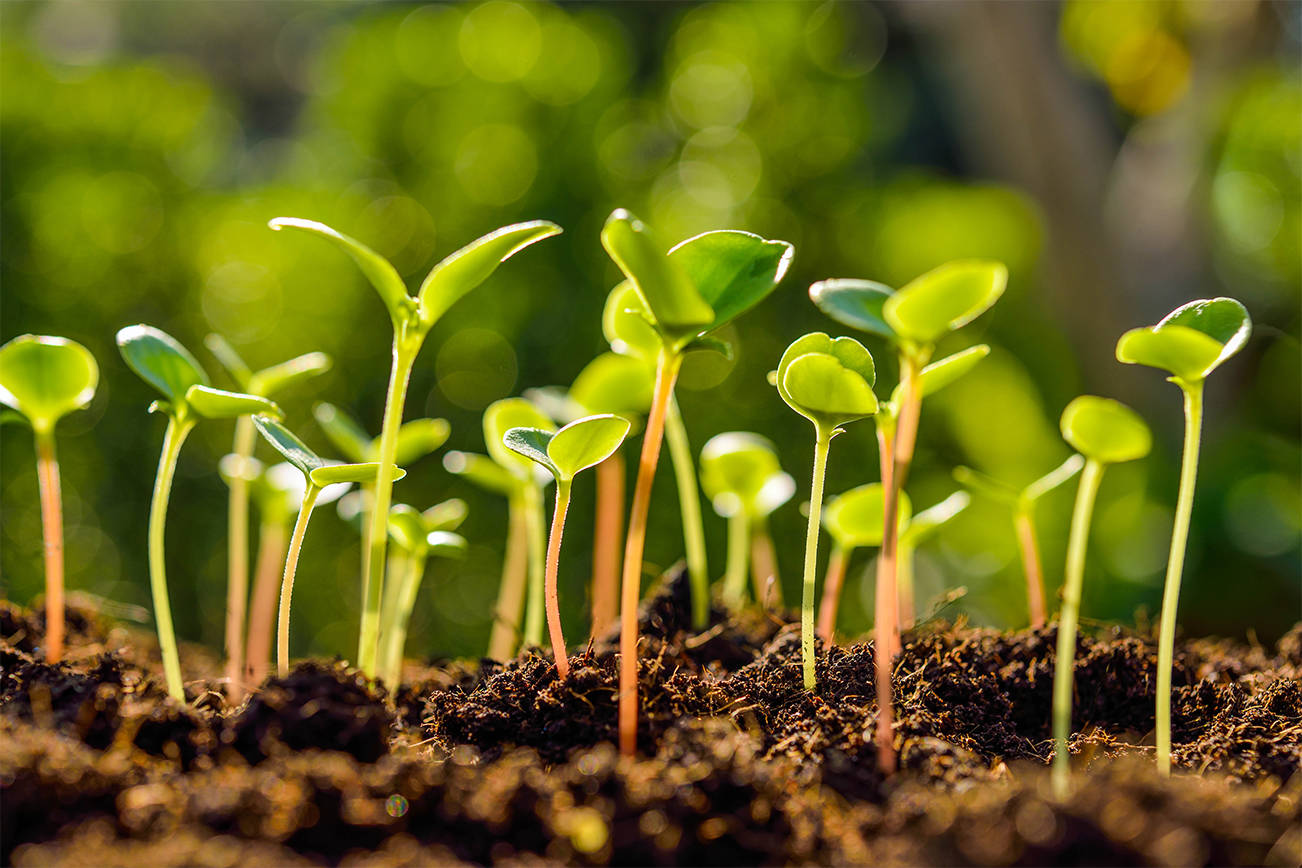Submitted by Kwiaht
By now nearly everyone has seen the 2015 Hollywood film “The Martian,” in which a near-future astronaut played by Matt Damon grows potatoes to survive while marooned on Mars for nearly two years.
Many scientists take this question seriously and have begun exploring the feasibility of farming Martian soils. In a recent academic article, agricultural researchers at the Wageningen University & Research in The Netherlands reported they had grown several kinds of common garden vegetables in simulated Martian soil.
“All apart from the thin Martian atmosphere, greater exposure to radiation and scanty supplies of surface water, Martian soil is so strange that farming it could be a real challenge,” said Kwiaht director Russel Barsh, whose uncle I.M. Levitt was one of the first astronomers to propose colonizing Mars, in 1956. “First you need to leach out the toxic perchlorates, which requires a lot of water. Then you need to worry about the fact that Martian soil is much richer in metals such as nickel and zinc. Earth plants need them in very small quantities. But in high concentrations, they could cause problems for the plants as well as the people or animals that eat them.”
Barsh devised an experiment with fifth-grade students. Field peas were planted in four kinds of soils: ordinary compost-rich Terran potting soil; a mixture of sand and vermiculite without any added organic material; simulated Martian soil originally manufactured for the National Aeronautics and Space Administration; and simulated Martian soil amended with sterilized manure. Barsh explains that NASA uses the simulated Martian soil, which has the same chemical composition and texture as real Martian soil, to test its robot landers before sending them to the “red planet.”
Students appreciated the challenge. One student explained that he “liked doing science that’s not out of a kit that anyone can buy, but real science where you don’t know the results in advance!” For teacher Warren Nagano, the project “front-loaded math lessons that I had covered earlier in the school year and provided students with an introduction to other ways of displaying data graphically.”
After several weeks, students were surprised at how well peas grew in simulated Martian soil and asked critical questions about other problems that astronauts might face. Where would they find enough water? At a greater distance from the sun, would plants get enough light of the wavelengths they require? Could plants be bred selectively to thrive under these new conditions?
Students also wanted to know whether vegetables grown in Martian soil would be safe and nutritious to eat.
“That is a really important question,” Barsh said. “Students realized that plants
grown in the metal-rich Martian regolith might accumulate metals that are not healthy in food at high concentrations.”
After a month, students harvested their pea plants, measured and weighed them, and tested them for levels of iron, manganese, zinc, and copper. Pea plants grown in the simulated Martian soil were smaller, and significantly enriched in all four metals as students had suspected. There was also a surprise.
In the Hollywood film, Matt Damon uses human feces to fertilize his Martian garden. But FHES students discovered that adding manure to Martian soil actually reduced germination of peas and made the uptake of at least one potentially unhealthy metal — zinc — even worse. More than anything else, this unexpected outcome piqued students’ curiosity and suggested the next experiment: feeding Martian plants to crickets to investigate the possible effects of metal-rich plants on the animals that feed on them.
“Stay tuned for the next installment of Martian Farming in the Harbor!” said Barsh, who has already ordered more simulated Martian soil from the University of Florida Exolith Lab. The Kwiaht STEM program in San Juan County schools has been made possible by annual grants from the Seattle-based Satterberg Foundation.



